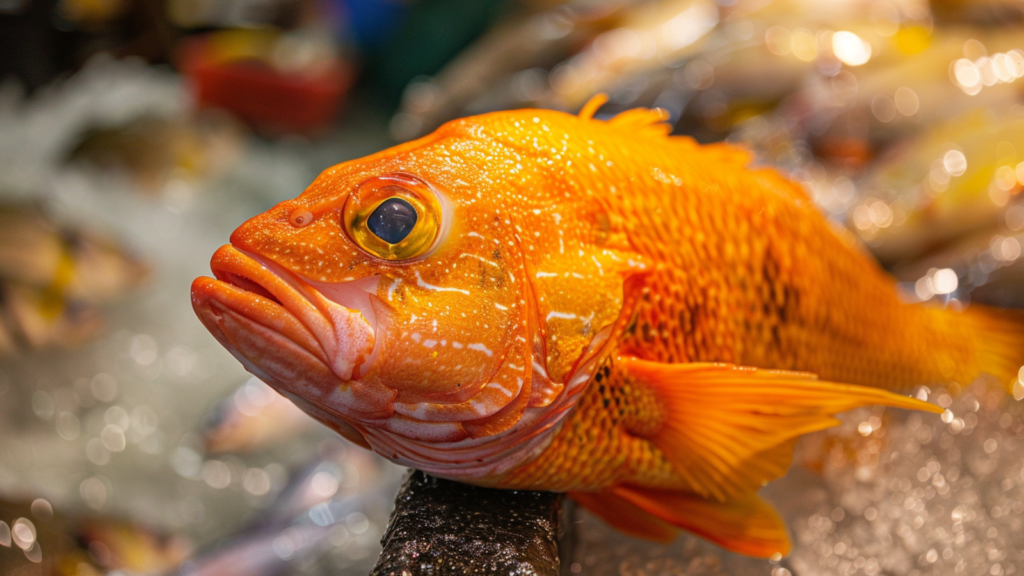While humans have made great strides in extending our lifespans, some animals still outlive us by decades or even centuries. From ancient tortoises to seemingly immortal jellyfish, these long-lived creatures challenge our understanding of aging. Take a look at these 12 amazing animals that can survive well past a human lifetime.
Greenland Shark
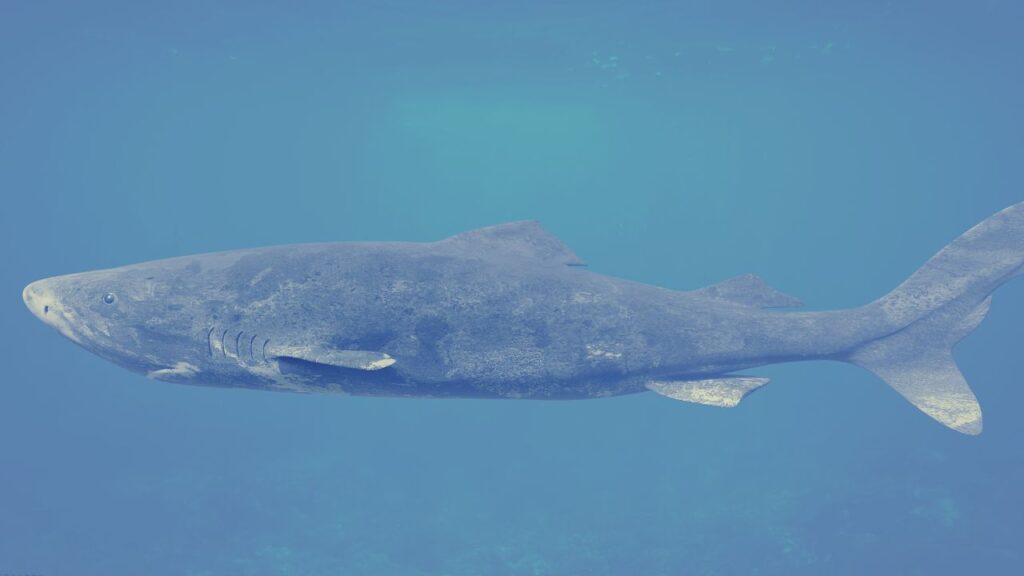
The Greenland shark takes the prize for the longest-living vertebrate known to science. These deep-sea dwellers can live for an astonishing 500 years or more. Scientists discovered their longevity by analyzing the carbon-14 in their eye lenses. Greenland sharks grow incredibly slowly, reaching maturity at around 150 years old. Their secret to long life might be linked to their extremely slow metabolism, a result of living in cold, deep waters.
Aldabra Giant Tortoise

These gentle giants from the Aldabra Atoll in the Seychelles can live well over 100 years. The oldest known Aldabra tortoise, Adwaita, was estimated to be 255 years old when he died in 2006. These tortoises grow to enormous sizes, with some individuals weighing over 500 pounds. Their long lifespan is thought to be related to their slow metabolism and protective shells.
Bowhead Whale
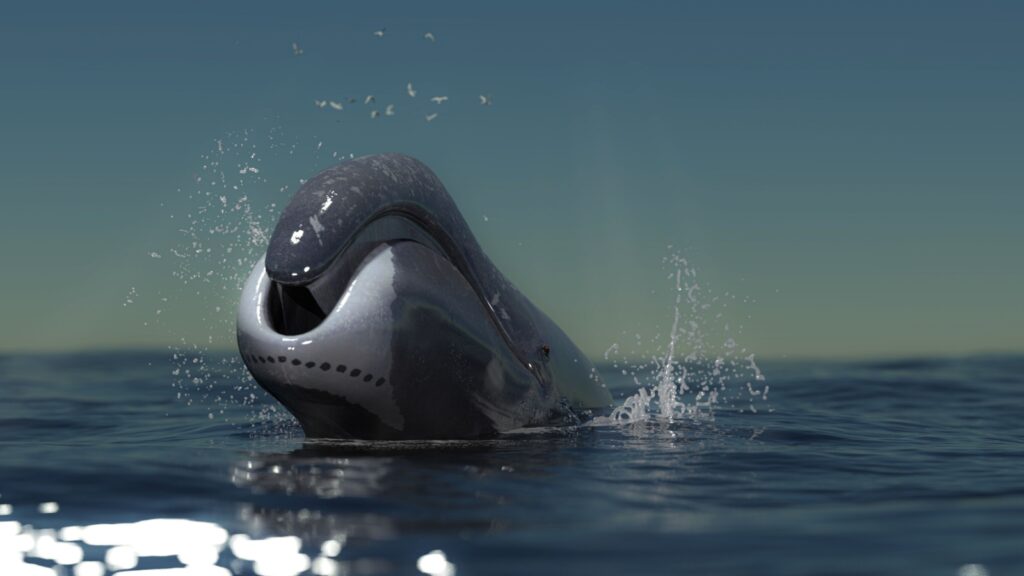
Bowhead whales are the longest-living mammals, with some individuals estimated to be over 200 years old. Scientists discovered their longevity by finding very old ivory harpoon tips in their blubber. These massive Arctic dwellers can grow up to 60 feet long and weigh up to 100 tons. Their longevity might be linked to their ability to repair DNA damage and resist cancer.
Macaw

These colorful parrots from Central and South America can live up to 60 years in the wild and even longer in captivity. Some macaws have been known to reach 100 years old. Their longevity is partly due to their large size for a bird and their strong immune systems. Macaws form strong bonds with their mates and can remain with the same partner for life.
Galapagos Giant Tortoise
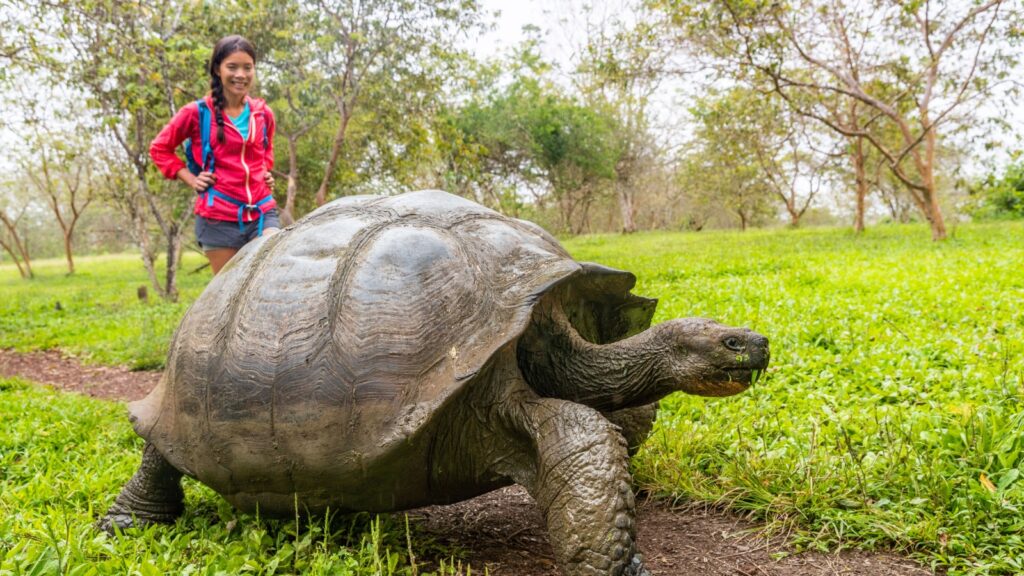
Like their Aldabra cousins, Galapagos tortoises are known for their extraordinary lifespans. The famous Galapagos tortoise Harriet, who was supposedly collected by Charles Darwin, lived to be 175 years old. These tortoises can go long periods without food or water, which might contribute to their longevity. They grow very slowly and don’t reach full maturity until around 40 years old.
Lake Sturgeon
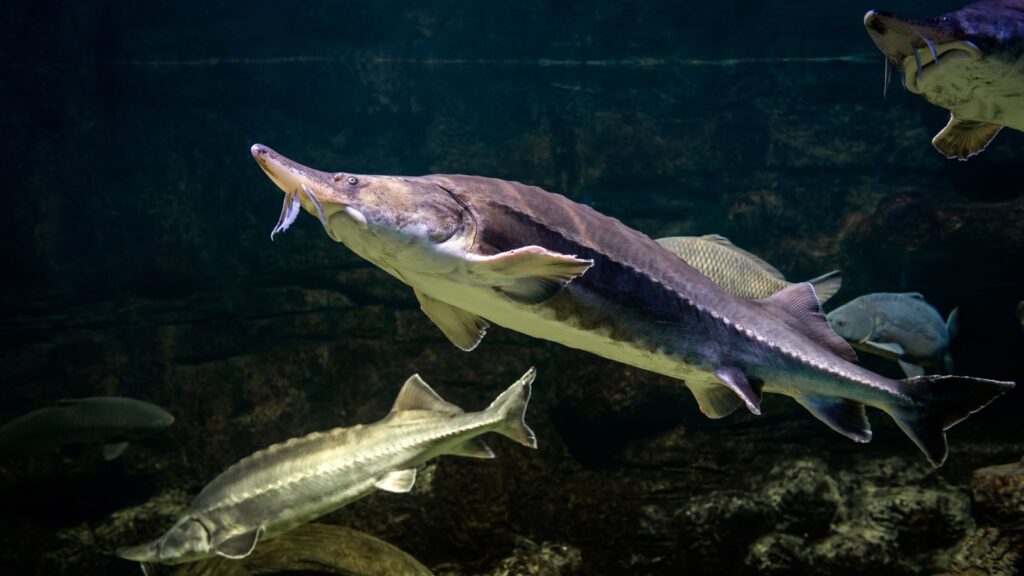
Lake sturgeon are living fossils, having been around for over 150 million years. Individual fish can live up to 150 years. These prehistoric-looking fish grow extremely slowly, taking up to 25 years to reach maturity. Female lake sturgeon can produce up to 3 million eggs in a single spawning season, but they only spawn every 4 to 6 years.
Tuatara
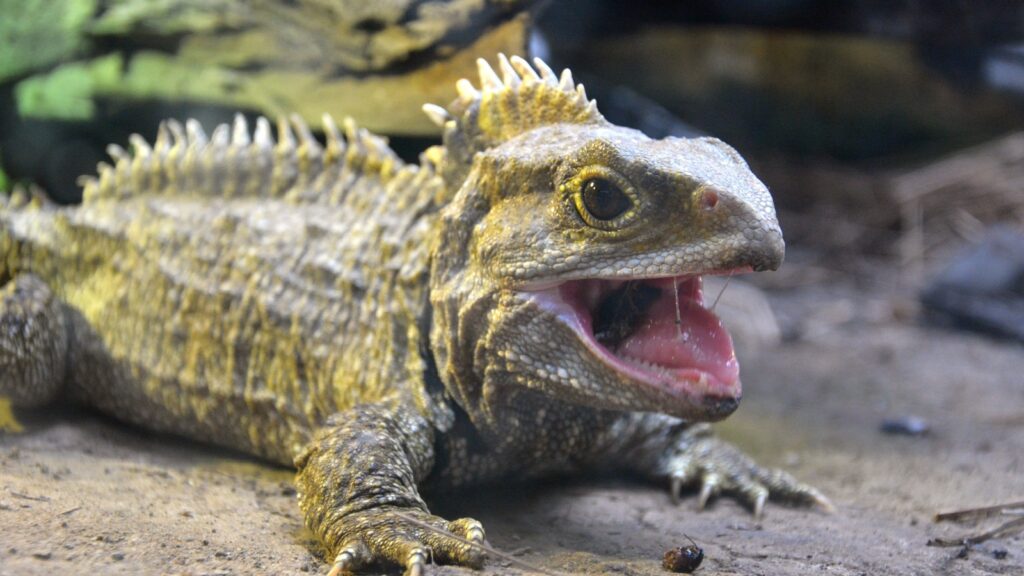
The tuatara is a reptile found only in New Zealand that can live up to 100 years. These creatures are often called “living fossils” because they’ve remained largely unchanged for over 200 million years. Tuataras have a unique eye structure, including a third eye on the top of their head. They grow very slowly and don’t stop growing until they’re about 35 years old.
Geoduck Clam
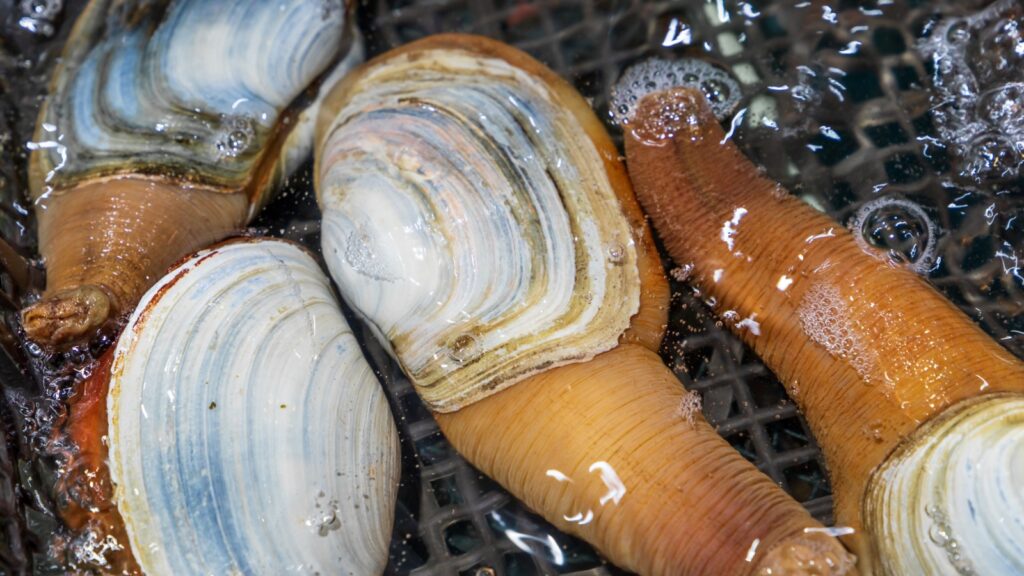
Don’t let their odd appearance fool you – geoduck clams are among the longest-living animals on Earth. These giant clams can live for over 160 years. They spend most of their lives buried in sand, with only their long siphons sticking out. Geoducks grow rapidly in their first few years of life but then slow down dramatically, adding only a tiny amount of mass each year.
Red Sea Urchin

These spiny sea creatures can live for more than 200 years. Red sea urchins grow very slowly and don’t seem to show signs of aging. They maintain their ability to reproduce throughout their lives. Scientists are studying these long-lived echinoderms to better understand the aging process and potentially apply their findings to human longevity research.
Rougheye Rockfish
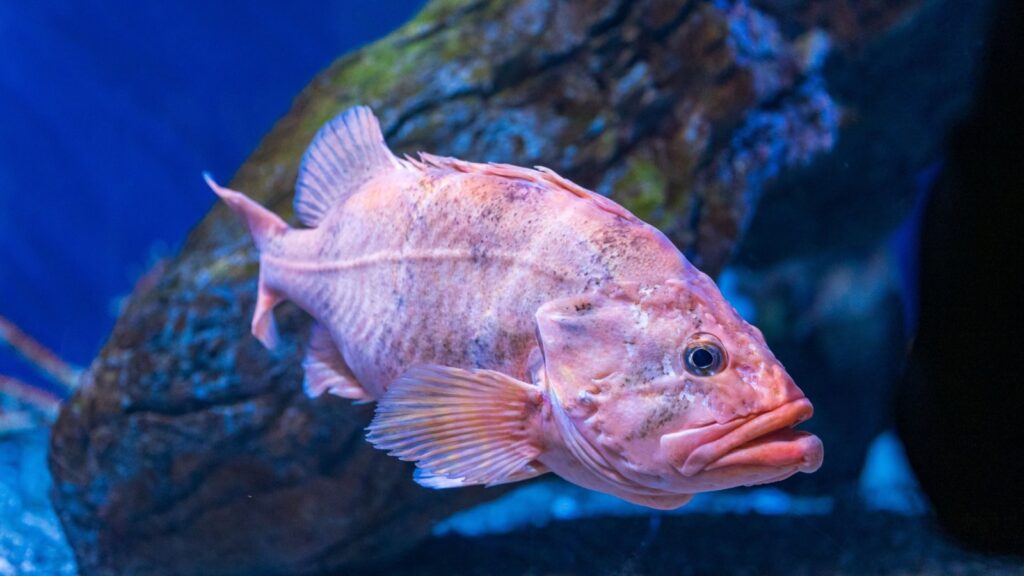
The rougheye rockfish can live for over 200 years, making it one of the longest-living fish species. These deep-sea dwellers are found in the North Pacific Ocean. They grow extremely slowly, taking about 25 years to reach maturity. Scientists determine their age by counting growth rings in their ear bones, similar to counting tree rings.
Orange Roughy
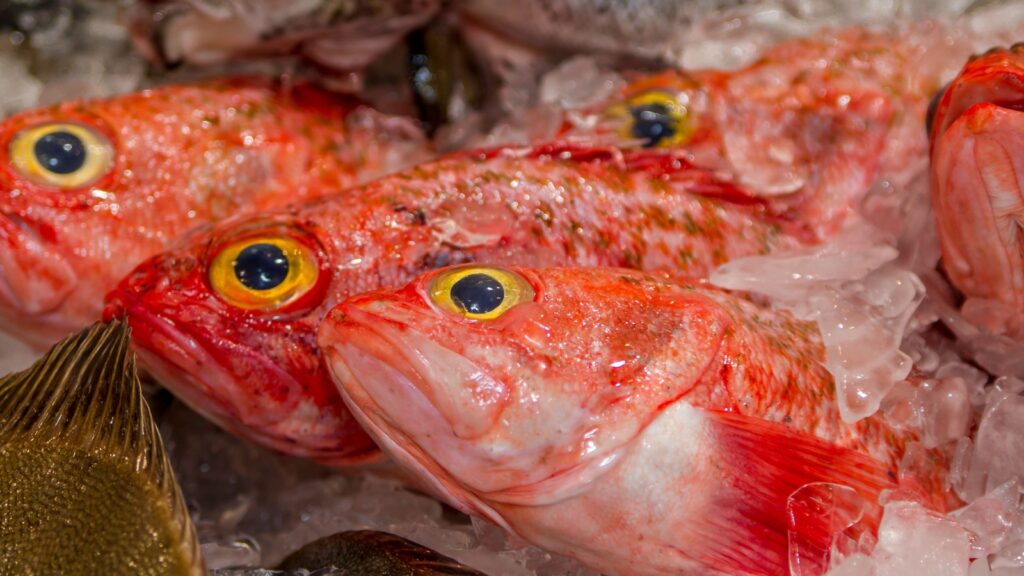
Also known as the slimehead, the orange roughy can live up to 250 years. These deep-sea fish don’t reach maturity until they’re 20 to 30 years old. Orange roughy are slow-growing and vulnerable to overfishing because of their long lifespan and late maturity. Their longevity is thought to be related to their deep-sea habitat and slow metabolism.
Immortal Jellyfish
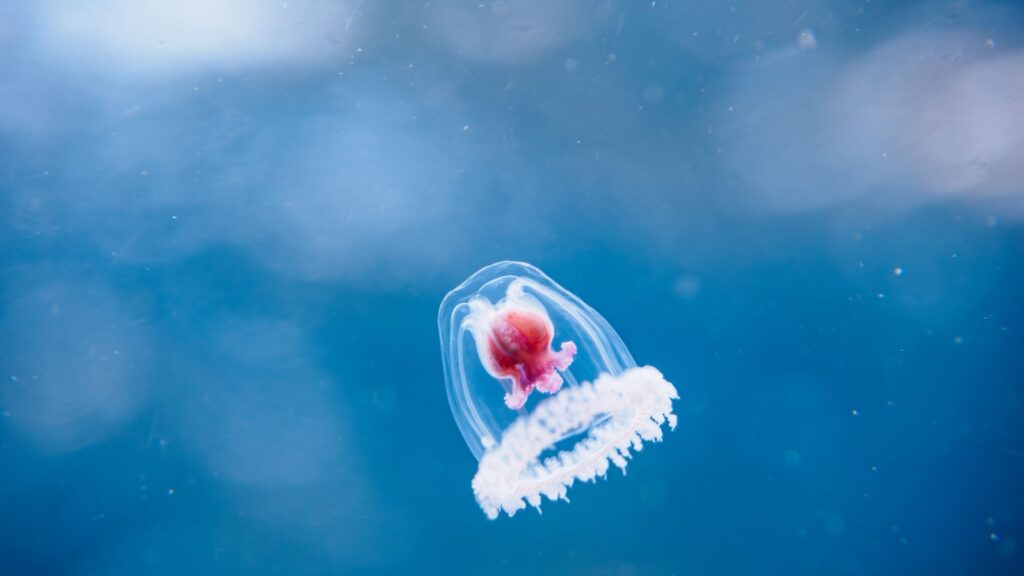
The immortal jellyfish, or Turritopsis dohrnii, is the only known animal that can reverse its life cycle. When stressed or injured, it can revert to its juvenile polyp stage and start life over again. This process can theoretically repeat indefinitely, making the jellyfish potentially immortal. While individual jellyfish can still die from predation or disease, this unique ability has earned them their “immortal” nickname.
Becky is a fervent wildlife enthusiast and pet care expert with a diploma in canine nutrition. Her love for animals stretches beyond the domestic, embracing the wild tapestry of global fauna. With over a decade of experience in animal welfare, Becky lends her expertise to OutlandishOwl through insightful articles, captivating wildlife information, and invaluable guidance on pet nutrition. Her work embodies a deep commitment to understanding the intricate lives of animals and a passion for educating others on sustaining natural habitats. Becky's hands-on conservation efforts and her knack for translating complex dietary science into practical pet feeding tips make her an indispensable voice for creatures great and small.

